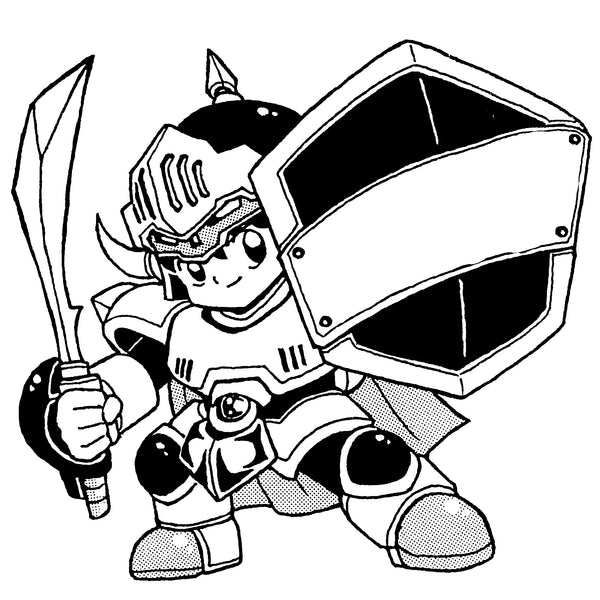What Retro Games Taught Us About Life: The Nintendo Presidential Succession

Introduction: The Purple Cube that Resisted an Era
In the early 2000s, the world of gaming was at a major turning point. It was an era when Sony's PlayStation 2 dominated the living room as a DVD player, and Microsoft's Xbox presented the possibility of connecting with players on the other side of the internet. Into this world, Nintendo released a uniquely purple cube: the Nintendo GameCube.
Its philosophy was palpable from the moment you touched the hardware. A controller that fit in your hands as if it were an extension of them. A Z button gently placed in an easily missed spot. And above all, the violet and orange color schemes that gave it such a strong personality.
As the world rushed toward online connectivity, the GameCube seemed to be telling us, "Don't forget the fun of playing face-to-face with your friends." In that analog warmth, we felt Nintendo's unique philosophy and strongly empathized with it.
Why did Nintendo, as if swimming against the current of the times, cherish this "analog feeling" so much?
A Philosophy of "Games Only"
During the GameCube's development, Nintendo was pursuing "the fun of games as pure toys" and "something the family can use with peace of mind." Shigeru Miyamoto, a central figure in development, said, "(PS2 and Xbox), from our perspective, aren't quite toys."
They showed no interest in the feature race of becoming a "home appliance" with DVD playback and online functions, choosing instead to specialize solely in "playing games." This was the path the champion, Nintendo, chose.
However, the results were harsh. The GameCube's worldwide sales were about 21.74 million units. This was a far cry from the absolute king, the PlayStation 2 (approx. 155 million units), and even fell slightly short of the newcomer, the Xbox (approx. 24 million units). On paper, it looked like a clear "defeat."
A Meaningful Defeat
The GameCube's clumsy way of life, turning its back on the trends of the era to stay true to its own philosophy, asks us, "What is success?"
It's true that it was defeated in sales. Perhaps there was an aspect where the "fun" they pursued became too specialized. It might have been missing, just slightly, the "easy-to-understand child's perspective" that should have been Nintendo's greatest strength.
But the truly amazing part comes next. Nintendo did not turn away from the regret of "failing to reach" a wider audience. "Why did our 'fun' only reach the game fans?" They thoroughly pursued the answer to that question.
And the products born from that answer were the "Wii" and the "Nintendo DS." It was because of the meaningful defeat of the GameCube that Nintendo was able to leap into the next future, explosively expanding the gaming population.
What the GameCube Taught Us
The GameCube's awkward story teaches us one truth.
Staying true to a philosophy must not be an act of solitary self-satisfaction. It only has true value when that passion genuinely moves people's hearts and enriches their lives.
Perhaps Nintendo was reminded of this through the experience of the GameCube. What they achieved with the Wii and DS was not just technological innovation, but a return to the origin of both business and life: "Our existence is ultimately validated because we are useful to others."
Within success lie the seeds of the next failure, and within failure lies the light of the next success. The purple light emitted by the GameCube continues to quietly illuminate the path we should take.
